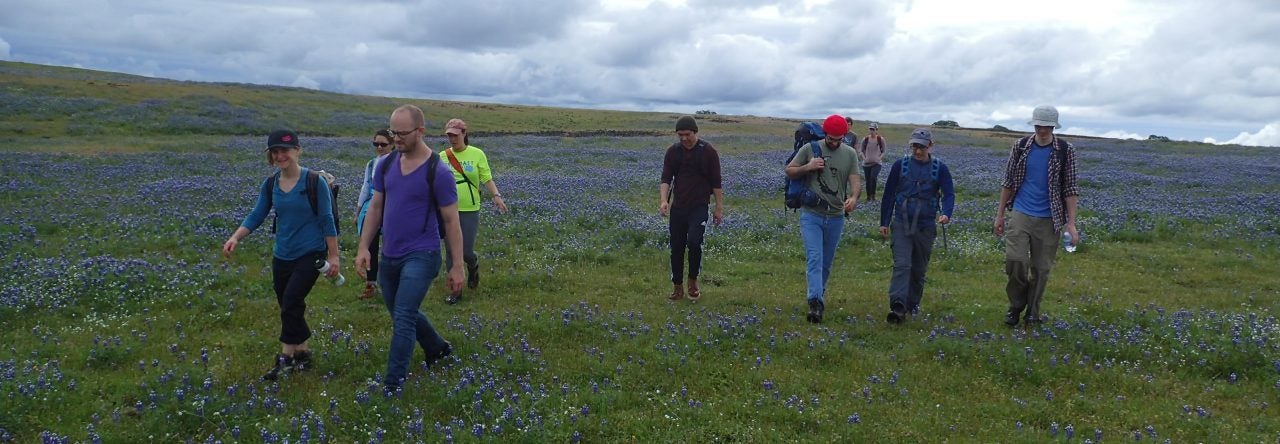This paper is a detailed examination of the development of feather pigmentation. Very interesting stuff. The only problem is that lots of information is stuffed into a tiny Science paper. I wish they published it in a long-format journal…
Category: Research Blog Page 1 of 7
Posts discussing recent publications we find interesting.
Beatriz Vicoso and Doris Bachtrog have a very interesting paper showing that the Drosophila 4th (dot) chromosome is homologous to the sex chromosome of more basally branching Diptera. It seems that, early in Drosophilid evolution, Muller-A took over the role of the sex chromosome from Muller-F. They also have an interesting discussion of how such takeovers could occur.
Articulated abdominal appendages in Sepsidae are one of the most dramatic evolutionary innovations that have occurred relatively recently (in a single dipteran family). Check out the latest paper on this system.
Take a look:
http://www.plosgenetics.org/article/info:doi/10.1371/journal.pgen.1003344
We often talk about how difficult it is to estimate divergence times without an extensive fossil record, and how we essentially don’t a clue when different fly lineages diverged. Here is a recent paper in MBE that tackles this problem using new data and in a lot more detail than any previous studies.
NIH’s Encylopedia of DNA Elements (or ENCODE) project just published a blitz of papers in Nature. The project is an attempt to characterize all the non-coding elements of the human genome. There are six research articles and a slew of accompanying media. Perhaps fodder for the next WCB meeting?
NIH’s Encylopedia of DNA Elements (or ENCODE) project just published a blitz of papers in Nature. The project is an attempt to characterize all the functional elements of the human genome. There are six research articles and a slew of accompanying media. Perhaps fodder for the next WCB meeting?
This is actually an old mystery because the DNA-binding specificities of different HOX proteins, determined using biochemical approaches, are remarkably similar. How can they regulate different genes if they all bind the same site? Well, it looks like they don’t all bind the same sites. This paper in EMBO Journal shows that different HOX proteins associate with different genomic regions in vivo. How they end up there is still not understood, but presumably it depends on the specific interactions between the HOX proteins and other TFs that DO recognize different DNA sequences. This is a very intriguing paper – take a look.
After a long period of cryptic divergence, the literature on the evolution of butterfly wing patters is going through explosive diversification. Another recent paper in PNAS shows that the evolution of some pattern elements is associated with changes in the expression of a Wg homolog.
A new paper in Nature Methods describes a simplified approach for generating and assembling RAD libraries. From the paper:
“Here we describe a streamlined and flexible approach for RAD genotyping, called 2b-RAD for its use of type IIB restriction enzymes. These enzymes (for example, BsaXI and AlfI) cleave genomic DNA upstream and downstream of the target site, producing tags of uniform length that are ideally suited for sequencing on existing next-generation platforms.”
Check it out.
